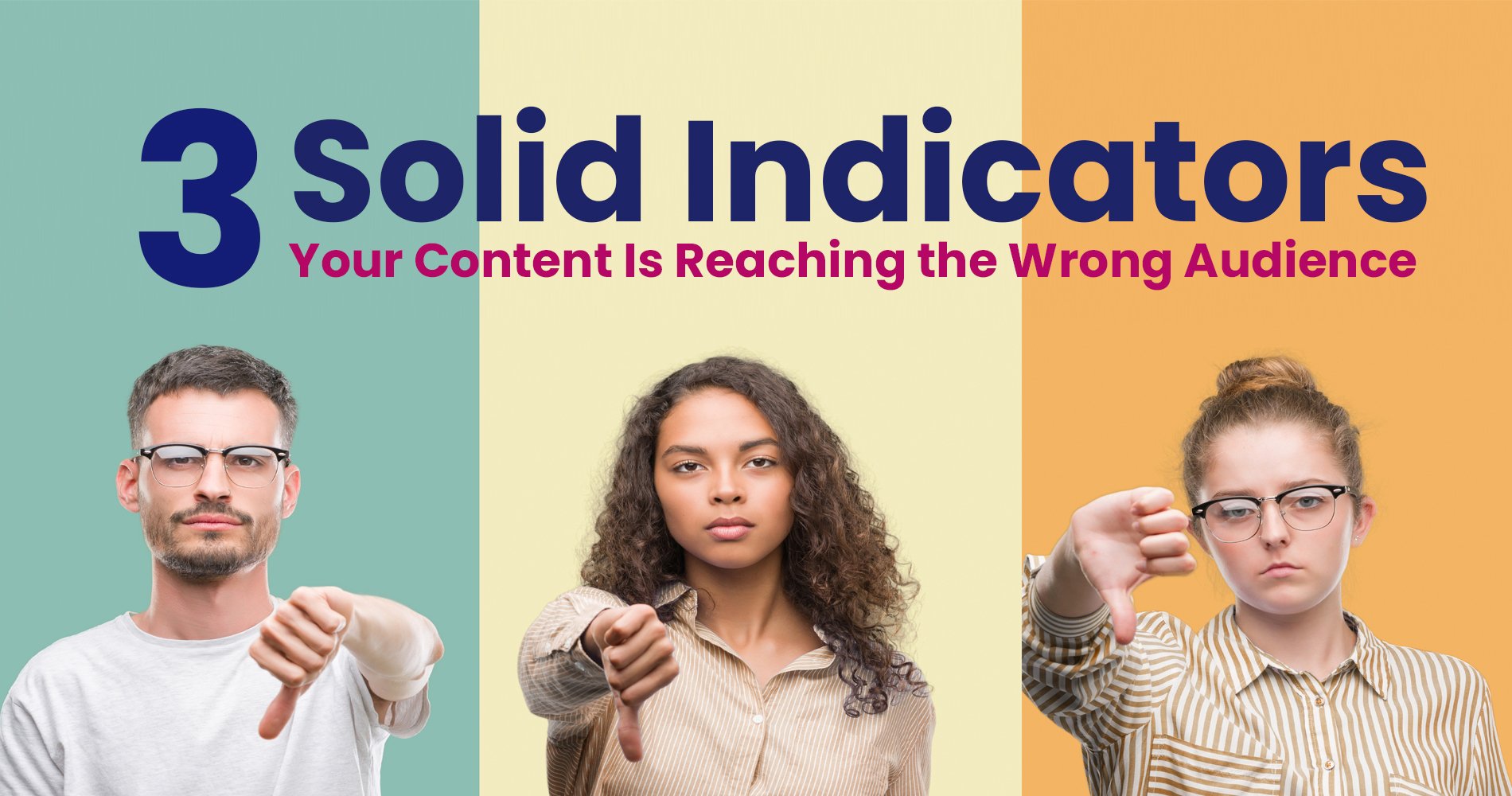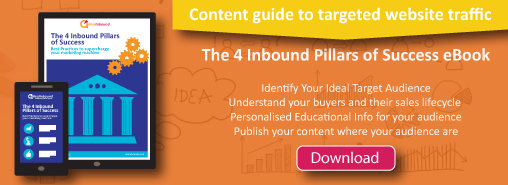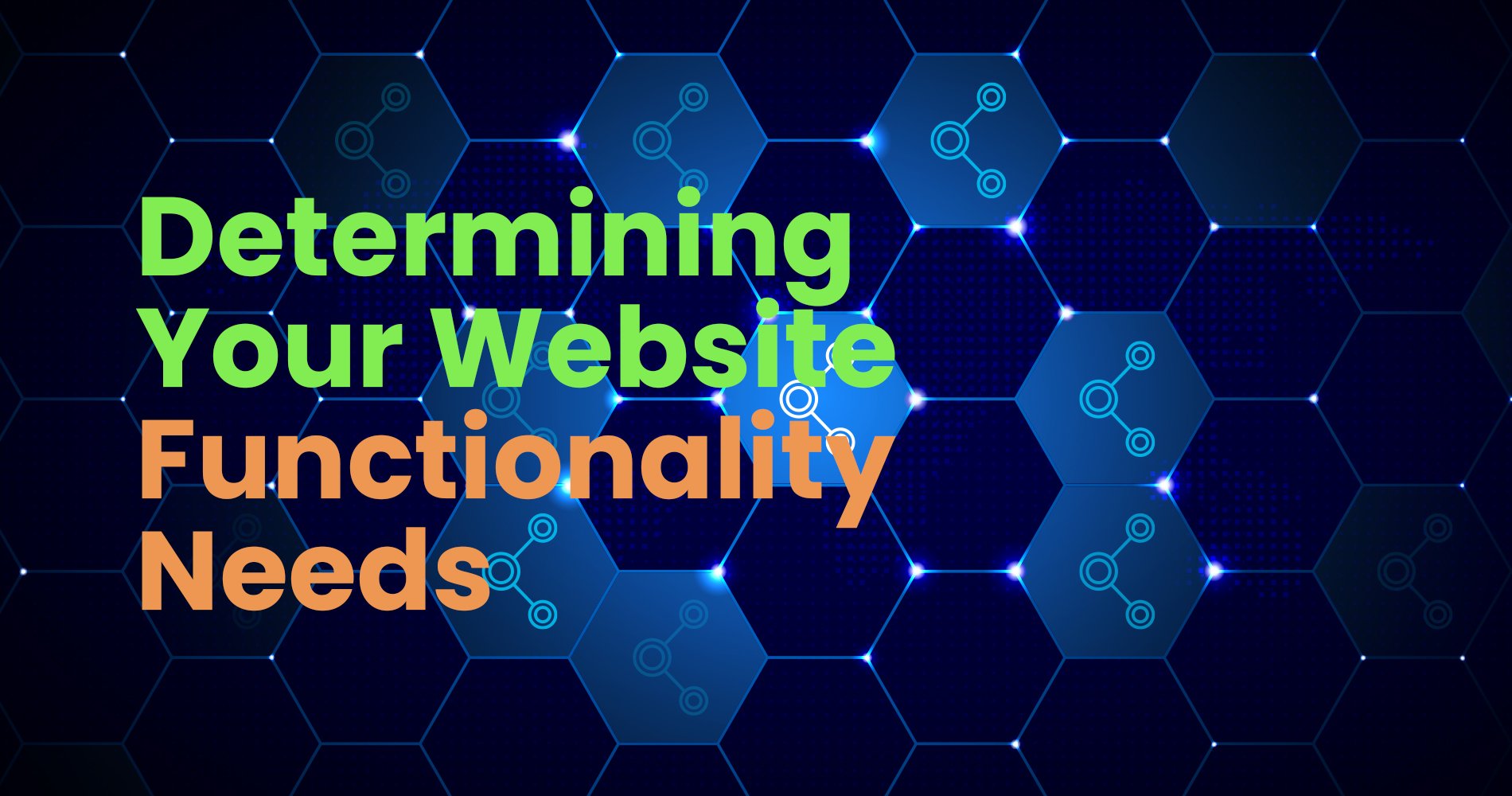The first step to correcting a wrong path is often recognising that you’re on it. One of the most common inbound marketing mistakes is targeting the wrong audience. Even the most obvious and blatant targeting mistakes can be difficult to identify, so it’s important to take a close look at your audience. If you’re creating content for visitors who aren’t interested in what you have to offer, you’re barking up the wrong tree. On the other hand, if you’re not seeing the results you expected from your efforts, you may need to adjust your audience.
Finding the right target audience is critical to the success of your content marketing efforts and that, is obviously what Inbound Marketing is focused on “Attracting an interested audience, not forcing your message onto pretty much anybody like many traditional marketing methods do”.
However, most content marketing campaigns don’t seem to get this. They just begin with the assumption that the broadest possible audience will view their content, which often results in articles, blog posts, and other forms of content that are difficult to understand or that don’t contain the information your audience is looking for.
This is a formula for failure, and you need to find a way to identify your audience and target your content so that you’re creating content that speaks directly to the people who will be most interested in reading it. When you know who your audience is, you can create content that is optimised for their needs and interests, which increases the likelihood that they’ll click on your links and engage with your content.
The importance of reaching the right audience
If you have been consistently posting content on your website for quite a few months now, you likely are aware of the fact that high traffic alone may not be all it’s cracked up to be.
While high traffic doesn’t necessarily mean that you do not have what it takes to succeed within the digital marketing space, it may not always show a direct link between high site traffic and increased bottom-line sales. After all, there is a difference between “top of mind awareness” and “mind share.” As digital marketers with extensive experience in B2C and B2B digital marketing campaigns, we understand how difficult it can be to measure your ROI in real-time (and why this makes so many entrepreneurs think about giving up).
I'm sure you've heard the saying "it takes money to make money". In the spirit of that thought, promoting content may not equate to financial gain for every post on your blog, but should be focused on attracting readers who are likely to engage in a purchase. You already know your ideal customer when we speak about target audiences. So, draw up some buyer personas and take note of their online activity and location (where they spend most of their time online), etc... Do whatever research it takes to guide your content planning toward attracting this specific audience.
So, how do we define the target audience?
Your target audience is defined by many different factors, but the most important factor to consider is your target market!
This is the group of people that are most likely to want your product or service. Location, income, and education are all variables that can be used to determine a target audience. This is an important step in the marketing process. It is a way to narrow down the number of potential customers you will have to consider as your primary audience. Once you’ve determined your target audience, you will be able to take specific actions that are more likely to make sure that you are reaching your target audience.
Now, how do you know you are hitting the wrong market? The following are three surefire signs...
1 Low Conversion Rate
Getting the best return on investment (ROI) from your digital marketing efforts can be challenging, particularly with so much competition online. This can make it hard to get customers to convert and for you to successfully grow your business. Reducing your cost per acquisition (CPA) is a great strategy for reducing your costs if you’re looking to cut costs, but growth should be the priority if you’re looking at ways of increasing customer numbers or making more profit so that you’re adding value for both yourself and your customers (i.e., creating a mutual win-win).
While success is dependent on many different factors, FirstPage Sage found that photography websites saw an average conversion rate of around 3.2%. Anything below 2% can be considered a bit low or even concerning in some cases, and anything above 4% is considered healthy.
Some companies would hit the one or two percent conversion mark, but that doesn't necessarily mean they're hitting the right target audience. What you need to do here is do some more research on a smaller base first so that you can determine whether your business model is viable or not.
Here is what you can do about this,
Work closely with your sales employees regarding the niche you are writing about.
No one knows more about the needs of potential buyers than those who talk to them every day. This means your sales and customer service teams are the first people with whom you can gather ideas to tweak your content strategy for better performance.
2 Low Sales Productivity
Sales productivity is a metric that measures the efficiency of your sales team.
It is a direct indicator of the success of your inbound marketing efforts. In a world where customers can shop online from the comfort of their own homes, companies with robust sales processes and low sales productivity will find themselves at a significant disadvantage. When your reps are spending more time disqualifying leads in HubSpot, Salesforce, or your CRM of choice than they are qualifying, it’s likely marketing isn’t attracting and converting the right prospects through its content strategy. That’s why it’s so important to optimise your inbound strategies to increase sales productivity.
But no worries! This is not something you can’t fix.
Focus on your content. If you want to target a broad audience, try finding influencers within that market instead of writing directly for this audience and making them feel like they are not being spoken to specifically. Target influencers who take the time to put together blog posts targeted at those people who are qualified and looking to buy in your area of focus.
User-generated content, particularly in the form of reviews and testimonials from customers, can help juice SEO as well. Evaluate what your target market is already saying about you on social media or other review sites and work to include those keywords on your site.
Having said that, another common indicator that you might have been targeting the wrong audience is…
3 Too Lengthy of a Sales Process
It’s critical for sales to stay on target. When your company’s content is well-aligned with the right customer segments whom you are hoping to reach and convert through your messaging, it’ll be much easier for you to sell the value of your products and services. This is because your messages will be receiving far more qualified leads who have a higher likelihood of making it all the way from top-of-funnel (TOF) all the way down to bottom-of-funnel (BOF) customer acquisition cost (CAC).
If sales are taking too long to close leads, it may be because those leads aren't that qualified. Be sure to align the lead qualification process with the goals of your sales and channel strategies. If this doesn't result in more revenue for you in a relatively short period, then your product's market value just isn't there or the alignment between customer experience, advertising/marketing, and sales needs to be broken down clearly into different phases so that one doesn't overly influence another during particular points of the buying journey!
But of course, there is no problem without a solution. Here is what you can do about it…
Have the two departments that deal with revenue come together so they can discuss any potential discrepancies in their goals. At each meeting, both teams should agree on at least one new idea that creates a better workflow between the two departments that deal with sales and marketing respectively. Sales representatives will share what they would like to be more regularly provided with from marketing such as more useful and attractive brochures or product descriptions, while in return marketers will create more organised arrangements of events as well as more text-based material for easier distribution around the office.
Lastly,
The key to a successful inbound marketing strategy is to understand the needs of all of your target customers. If you know your audience well, an inbound marketing strategy can work for you.
As a marketer, you know that understanding your audience is the secret to selling your products or services. If you know who you're selling to and what questions they have at the back of their minds before they decide to buy whatever it is that you're offering, then marketing becomes a lot easier



 Gerd Altmann
Gerd Altmann